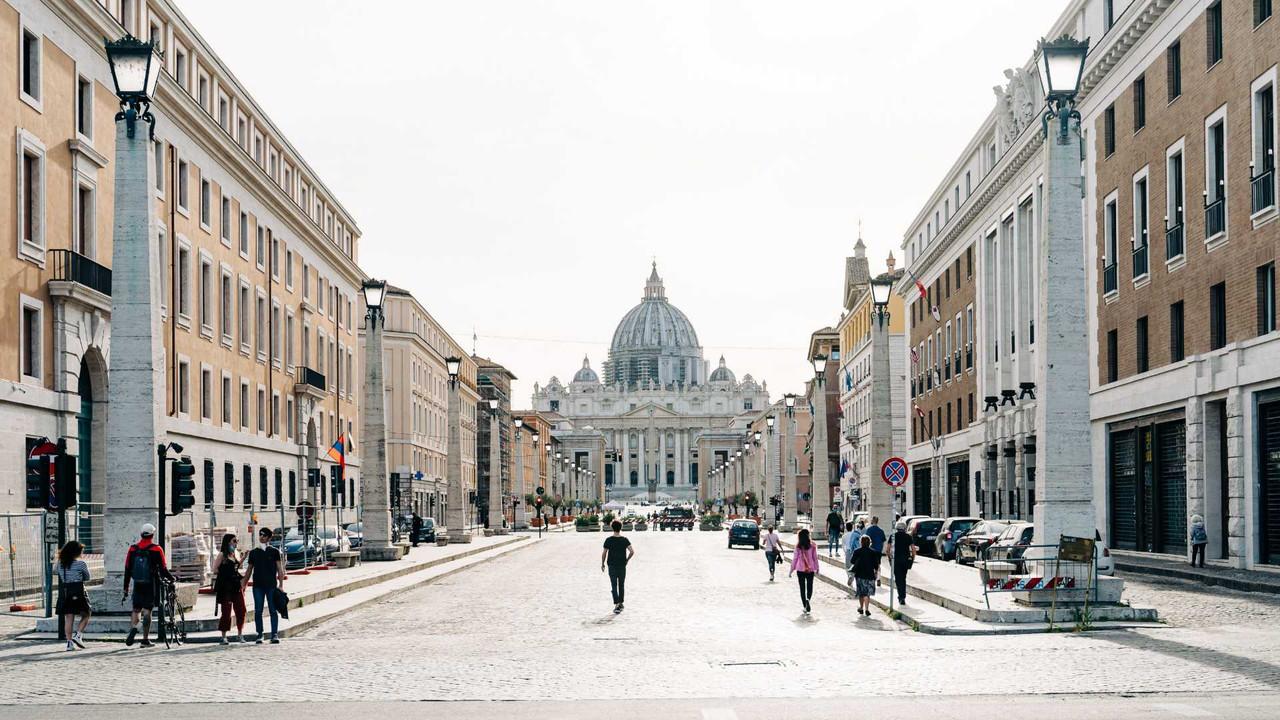Holy See
Working Hours and Overtime Regulations
Understand the laws governing work hours and overtime in Holy See

Standard working hours
While there isn't a single, codified law outlining standard working hours in Holy See (Vatican City), there are guidelines and agreements that establish typical workweeks.
The Lateran Agreements, signed in 1929 between the Holy See and Italy, establish the Vatican City as a sovereign state. While they don't directly address work hours, they provide the framework for the Holy See to set its own employment regulations.
Concordats are agreements between the Holy See and individual nations. These agreements may touch upon labor issues, but generally don't dictate working hours within Vatican City.
Internal employment practices within the Holy See likely dictate standard working hours. Specific details might be found in staff regulations for various departments within the Holy See and individual employment contracts. These documents would typically outline a workweek, including the number of working days per week (usually Monday to Friday) and daily working hours (common examples include 9 am to 6 pm).
Finding publicly available information on these internal regulations might be challenging. While not directly applicable within Holy See, Italian labour laws can be informative for understanding general working hour standards in the region. Italian Legislative Decree No. 276/2003 (Legislative Decree on Minimum Safety and Health Requirements at Work) establishes a maximum of 40 working hours per week, averaged over a reference period. However, this information on Italian law is for informational purposes only and doesn't supersede any regulations established by the Holy See.
Overtime
In the Holy See, the specific rules and compensation for overtime work are likely determined by internal employment regulations. However, due to limited publicly available information, here's a general outline based on what might be found:
Not all employees may be eligible for overtime pay. Factors like the type of employment (full-time, part-time, contract) and specific job duties would likely be outlined in employment contracts or departmental regulations.
Overtime work typically requires prior authorization from a supervisor or relevant authority within the Holy See. This authorization might be for specific occasions or defined periods.
The method for calculating overtime hours might be based on the standard workweek established for the employee's position or daily working hours.
There are two main possibilities for overtime compensation:
- Overtime Pay: Employees might receive a premium rate for each overtime hour worked. The specific rate (e.g., 1.5x regular pay) would likely be established in employment contracts or departmental regulations.
- Compensatory Time Off: Overtime hours might be compensated with paid time off in lieu of additional pay. The ratio of overtime hours worked to time off awarded (e.g., 1:1 or 1.5:1) would depend on internal regulations.
Without access to the Holy See's specific employment regulations, it's impossible to provide definitive details on overtime rules and compensation. For more specific information on their overtime policies, reaching out to the Human Resources department of a specific Holy See department or entity might yield more specific information.
Rest periods and breaks
While there's no single law outlining mandated breaks in Holy See, regulations likely exist within internal employment practices.
The Lateran Agreements (1929) establish the Vatican as a sovereign state, allowing it to set its own employment regulations, which may include break times. However, the Lateran Agreements themselves don't directly address breaks.
Specific entitlements to rest periods and breaks are likely determined by staff regulations for various Holy See departments and individual employment contracts. These documents would typically outline a daily break, a designated period for rest and meal consumption, often lasting one hour. However, finding details on these internal regulations can be challenging due to limited public access.
Italian labor laws, though not directly applicable within Holy See, offer insights into potential break structures. Italian Legislative Decree No. 276/2003 establishes a right to daily rest periods (typically not less than 15 minutes) when the working day exceeds 6 hours. However, these Italian regulations are for informational purposes only and don't supersede Holy See's internal policies.
Night shift and weekend regulations
Detailed regulations for night shift and weekend work in Holy See are likely outlined in internal employment practices, making it challenging to find definitive information publicly. However, we can explore the framework:
There's no single law within Holy See specifically addressing night shifts or weekend work. Staff regulations for various departments and individual employment contracts likely dictate whether night shifts or weekend work is required for specific positions, procedures for scheduling and authorization of such work, and compensation or benefits associated with night or weekend work (if any).
These details might include:
- Night Shift Differentials: A premium pay rate for working night hours.
- Weekend Work Allowances: Additional pay or time off for working weekends.
- Rotational Schedules: Schedules ensuring fair distribution of night and weekend work among employees, where applicable.
Obtaining specifics on these regulations can be difficult due to limited public access to internal Holy See documents.
Italian Legislative Decree No. 276/2003 outlines health and safety requirements for night work, though it doesn't directly apply within Holy See. This could be informative for potential regulations the Holy See might have adopted regarding night work, such as night work risk assessments and health monitoring for night shift workers.